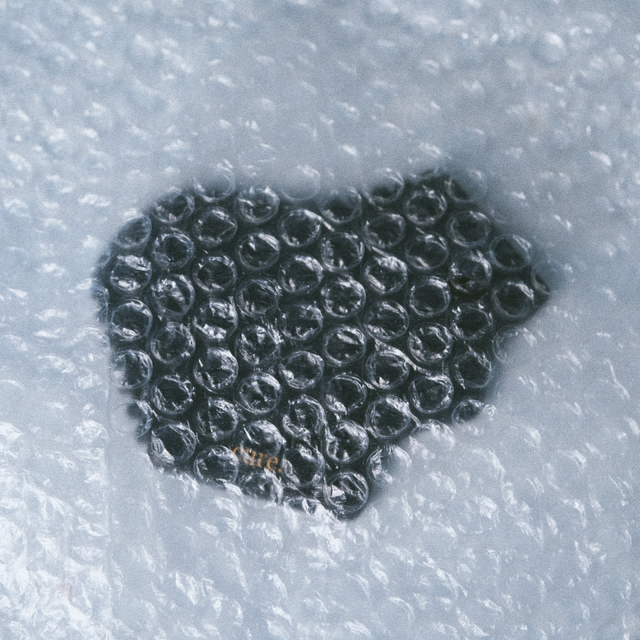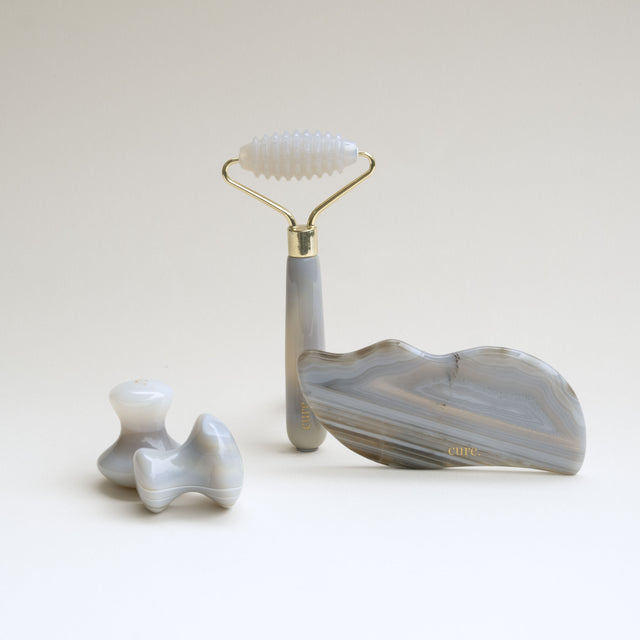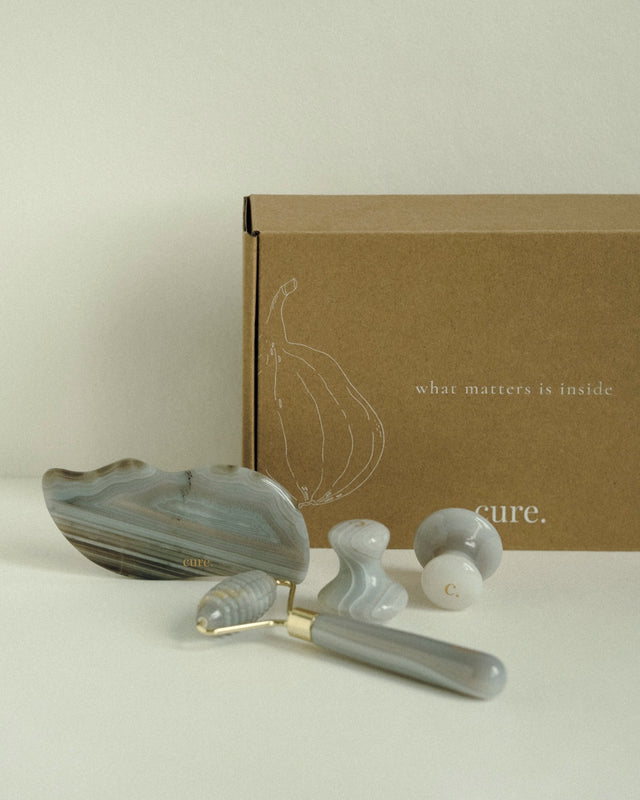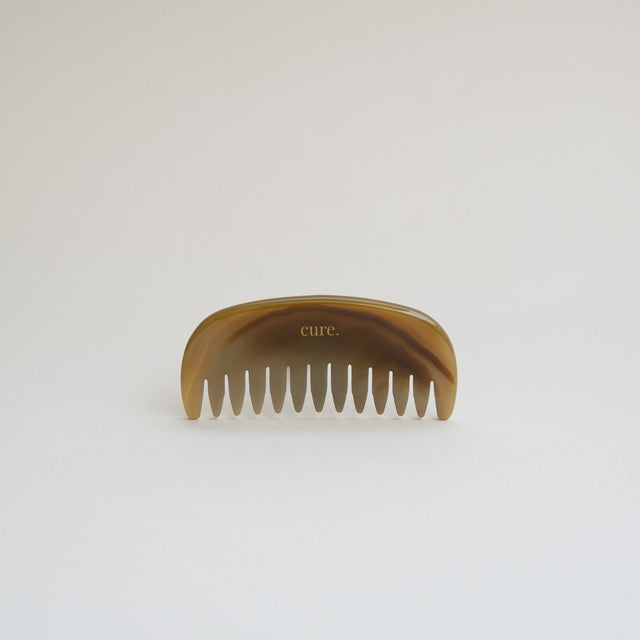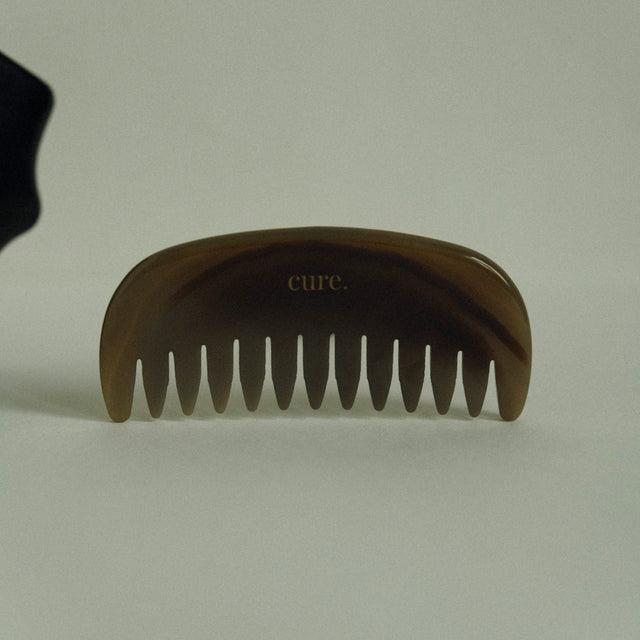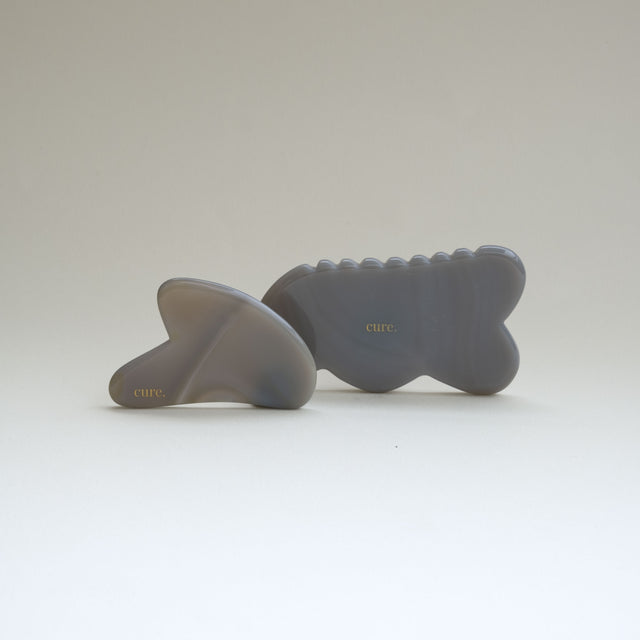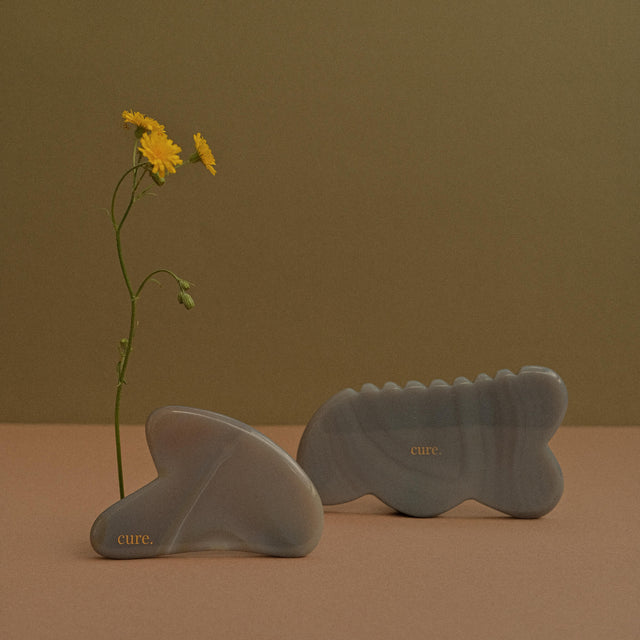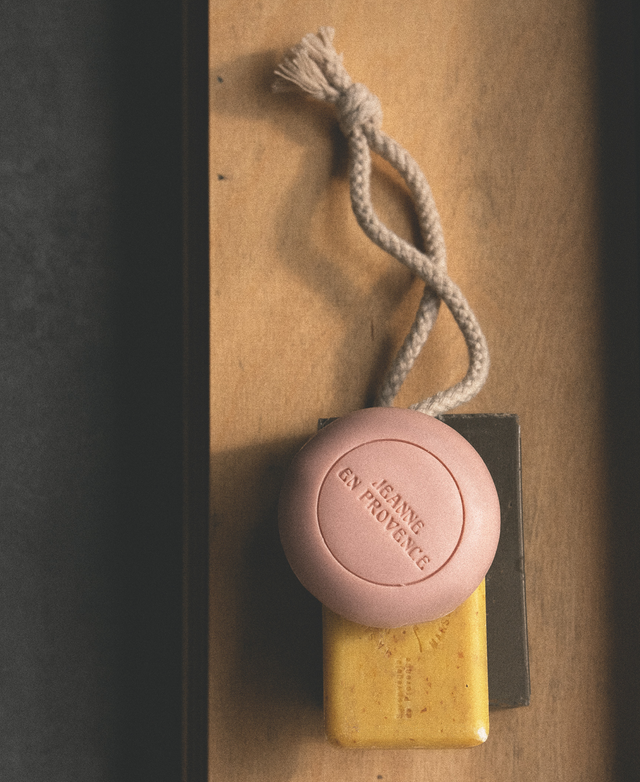What to Know About Your Skin Barrier and How to Protect It
Dryness, itching, and skin flaking can signal damage to the skin’s protective barrier. So, what exactly is it, and how can it be weakened or damaged?
The protective barrier of our skin is composed of three components:
- The horny layer – the outermost layer of the epidermis.
- The hydrolipid mantle – a thin film that protects the epidermis, composed of skin cells known as keratinocytes.
- The skin microbiome – a diverse array of microorganisms present on the skin surface.
Why does the protective barrier weaken or become damaged?
The protective barrier can be weakened by factors such as sun exposure, stress, polluted air, certain cosmetic products, and more. Sensitive and atopic skin types are more likely to react to these external factors.
However, the protective barrier can not only be weakened but also damaged. In this case, the skin becomes hypersensitive, and symptoms such as irritation and dehydration may appear. The barrier ceases to perform its primary function - protection. Even when applying familiar cosmetic products, the skin may turn red, flake, and feel tight.
Often, our own actions lead to barrier damage - such as excessive cleansing or using too many skincare products.
Mistakes in skincare that negatively affect the protective barrier
Mistake 1. Overly intensive care
Avoid overloading the skin with too many products. Introduce active components into your beauty routine gradually: start with one application per week and then observe the skin’s reaction. Remember that not all components are compatible with each other. When choosing a product, focus on your skin’s needs and the current season.
Mistake 2. Daily exfoliation
By removing cornified cells from the skin surface, we stimulate renewal processes, making the skin smoother, fresher, and more radiant. However, excessive exfoliation can have the opposite effect.

